Exterior
The new flagship BeQuiet! case is on sale now. The improvements over its predecessor are obvious, but there was a lot to draw from for the new Dark Base Pro 901. The ability to rotate the motherboard remained, and we can already reveal that it has a positive effect on cooling. This also makes this case suitable for the most powerful builds, which are associated not only with a lot of waste heat, but also with large dimensions of components.
Basic parameters
| Parameters | BeQuiet! |
| Dark Base Pro 901 | |
| Supported motherboard formats | Mini-ITX, mATX, ATX, E-ATX |
| Supported PSU format | ATX |
| CPU cooler | up to 190 mm |
| Graphics cards | up to 495 mm |
| Fan | 11× 120 mm/8× 140 mm (3× pre-installed) |
| Supported liquid radiators | 1× up to 280/420 mm/2× up to 360/1× 120 mm |
| 2,5" positions | 2 + 4 shared (up to 16 optional) |
| 3,5" positions | 2 shared (up to 7 optional) |
| 5,25" positions | 1 |
| Dimensions [H/D/W] (and volume) | 569 × 604 × 275 mm (82,69 l without feet) |
| Weight | 16,3 kg |
| Materials | steel + plastic + tempered glass + aluminium |
| Connectivity | 4× USB 3.2 gen. 1 type A + 1× USB 3.2 gen. 2 type C + 2× 3,5mm jack + wireless QI 15W charging |
| Approx. retail price | 319 EUR |
Exterior
The whole case and accessories will come in a large cardboard box, which is no different from one that a 40-euro case comes in. But once you unpack its contents, everything changes. The case is wrapped in a custom-made cloth sleeve. Next to it you will find a smaller box with accessories and an instruction manual. The latter is quite comprehensive and most of the operations that can be done with the case are shown in picture form. Inside the case there is another smaller box which holds additional accessories.
The case looks elegant, without any fads in appearance. Its left side panel is made of tempered glass, which is 3.85 mm thick. It has black frames around the perimeter, which are a little thicker but proportionate to the size of the case. The side panel is visually ‘clean’, without being spoiled by handles. I’m a little disappointed with the way the side panel is mounted, though. It simply hooks into the frame of the case and is secured from the back with two screws. Although this is probably the most common method of mounting today, I would have expected a more innovative method of mounting for a top-end model.
The right side panel, which is metal, is mounted in the same way as the left one, unfortunately. There is a perforation in the front of it, which by its size also indicates the possible location of fans or a liquid cooler radiator. The disadvantage of this position is the absence of a dust filter, despite the size of the square perforations, which are up to two millimeters wide. The inner side of the side panel is lined with damping foam, to reduce the noise level of the case.
The front of the case is a full-panel option from the factory. What makes it particularly elegant is the brushed aluminium that is on both the top and bottom of the front panel. At the bottom, it is divided by a subtle LED strip. In the full-panel variant, air is only drawn into the case through the sides. These also have square openings of two millimetres.
The lower part of the panel, below the LED strip, serves as a small door. It has small cut-outs on the sides, which can be easily snapped in and out with your fingers. Behind the open door you get to a dust filter with one millimeter wide holes. Here you can fit the metal bracket from the accessories, with which you get one 5.25″ position. But it should be noted that you lose space for the two storage drawers that are also located in these places.
After removing the front panel from the case, you may notice that it is padded with acoustic foam from the back. That part of the front panel can easily be replaced with the perforated panel from the accessories. For more convenient handling of the front panel, the LED strip is powered by touch-sensitive spring-loaded connectors.
A fine nylon filter, which is also clipped onto the case, protects the case from sucking in small dust particles. When removing or inserting it, be careful about the cables and connectors coming from the I/O panel. This is because the filter is in close proximity to them, so caution is in order when handling it.
The most important are the fans behind the front panel. Here, there are two 140 mm Silent Wings 4 140 PWMs in the “high-speed” variant. For a case priced at just over 300 euros, I would expect a fully fitted front with fans. You can fit three of these in the 140 mm format on the removable frame. The same goes for the fans in the 120 mm format, while a liquid cooler radiator up to a 280/420 mm format can be installed here.
Power supply for the fans is efficiently solved, which is directly on the frame. There are three 4-pin connectors that are powered identically to the LED strip on the front panel, via a touch connector. So you’re not constrained by some extra pulling of cables from the fan to somewhere behind the tray.
On the I/O panel, you will find seven connectors on the top. Two belong to the microphone and headphones in the form of a 3.5mm jack, four connectors are for USB Type-A, and one is for the faster USB Type-C. All connectors are lined with subtle white backlighting. In my case, this kept the time to look for the exact position of the connectors to a minimum at night. I see the tilt of the entire panel as another advantage, which means that dust doesn’t get into the connectors as much as it does when they are placed vertically. It also makes them accessible when the case is placed on a desk or on the ground.
But the most interesting part here are the touch surfaces. The left side is used to control the speed of the fans, while there is also a five-point speed indicator. The first lit up indicates the fan speed at 400, the second at 800, the third at 1200, the fourth at 1500 and the fifth at 1900 rpm. On the right side you can set the colour of the backlight and the lighting mode. When using the touch part, the backlight intensity of the entire panel will increase, while it will automatically decrease after ten seconds of no activity.
For both fan and backlight control, the touch panel itself is synchronised with the motherboard, so you’re not limited to control via the case’s function panel.
The I/O panel cover can be easily removed, giving you a view of how the touch surfaces work. Fine springs use pressure to transmit a signal to the control unit to perform a given action. The power button is also mounted in an interesting way. There is no need to overcome much resistance to activate it, and the travel required to activate it is also minimal.
On the top, just behind the function panel of the case, you will find a rectangular area with a battery and flash pictogram. This is for wireless charging using the QI standard. Its maximum power is 15W, so you can have a nearly charged mobile phone or other device with wireless charging support in an hour of time spent at your computer. The only thing missing to perfection here is some sort of stand that would allow me to see the phone’s display. Since I have the case positioned on my desk, my phone is above eye level.
The rest of the top belongs to the perforated metal. Its holes here are also square, two millimetres in size. Although it is recessed below the level of the aluminium side frames, it is very easy to remove. At the front, just push on the sides and the mechanism simply slides it out above the level of the frames. This also makes it easy to remove the rest of the part by hand.
Two plastic panels are fitted under the metal perforation. These serve to reduce noise from the case, as they have insulating foam underneath.
With the soundproof panels fitted, the accumulated heat can only escape through the side perforated part of the top panel.
There is already a removable frame under the panels to easily fit fans or a liquid cooler radiator. The latter can only be mounted here in a narrower version and thus in the 120/240/360 mm formats. Fans can fit in the 120/140 mm formats in three pieces. For them there is a hub with three 4-pin connectors directly on the frame. For these, there is a hub ready directly on the frame with three 4-pin connectors. This saves you time when threading and tidying up cables from the fans to somewhere behind the tray. Their power supply and control is handled by a touch connector, connected to the front function panel of the case, just like in the front.
The back of the case is designed in the standard layout. On the top there is a hole for the motherboard I/O panel, next to which there is a hole with perforations for a 120/140 mm fan. The latter is factory-fitted with a fan, specifically the Silent Wings 4 in the “high-speed” version. Underneath, there are up to eight caps for PCI Express expansion card slots. You can access their screws through the inside of the case, you would look in vain for them at the back. The power supply is installed in the tunnel through the bottom hole, on which the bracket for its mounting is attached.
The entire bottom is perforated and fortunately it is also covered by a fine nylon filter throughout its length. The only minor drawback is removing this filter. It does come out from the front, but to remove it you have to remove the front panel that blocks it. In the front, you can notice the holes for a 120/140mm fan that mounts to the tunnel floor.
On the four large legs there are non-slip pads almost across their entire surface, which very effectively in combination with the weight of the case ensure the stability of the case. The feet hold the floor of the case off the ground at a height of 30 mm, which ensures air supply even in the case of higher carpet pile.
- Contents
- Exterior
- Interior
- Testing methodology
- CPU and GPU cooling tests
- Motherboard cooling tests
- SSD cooling tests and under-ceiling temperature
- Conclusion





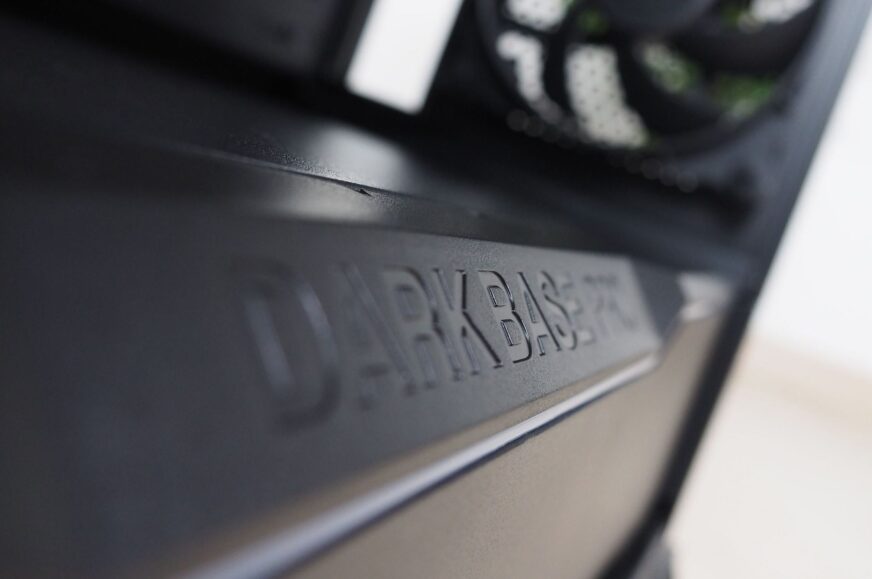


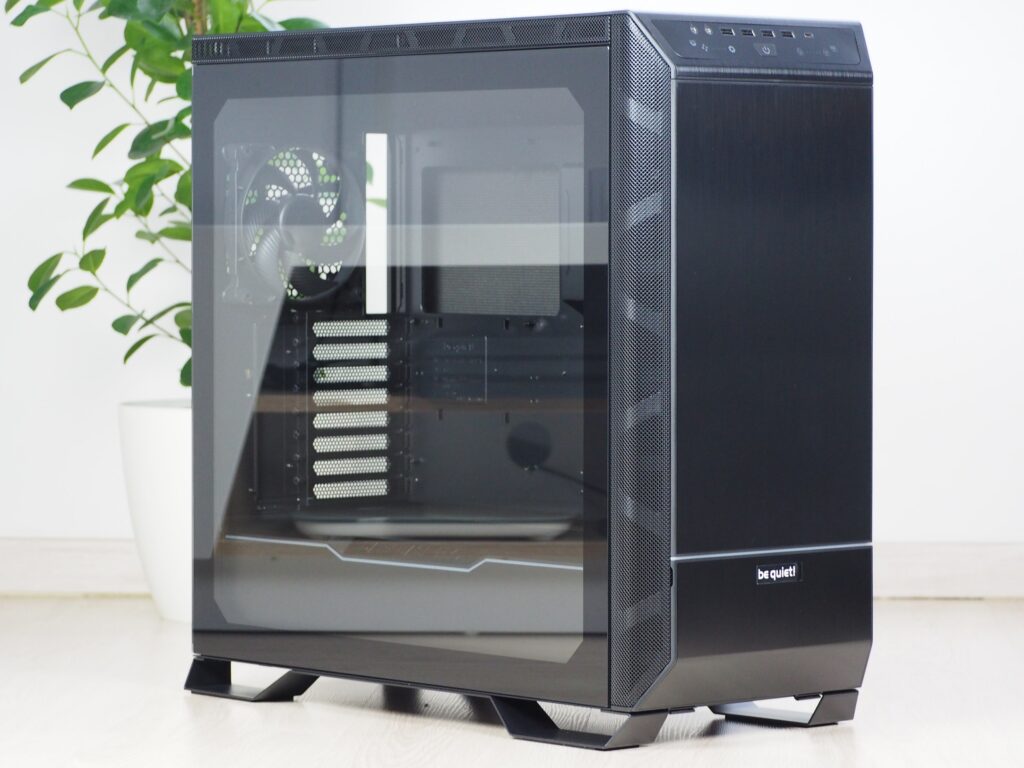
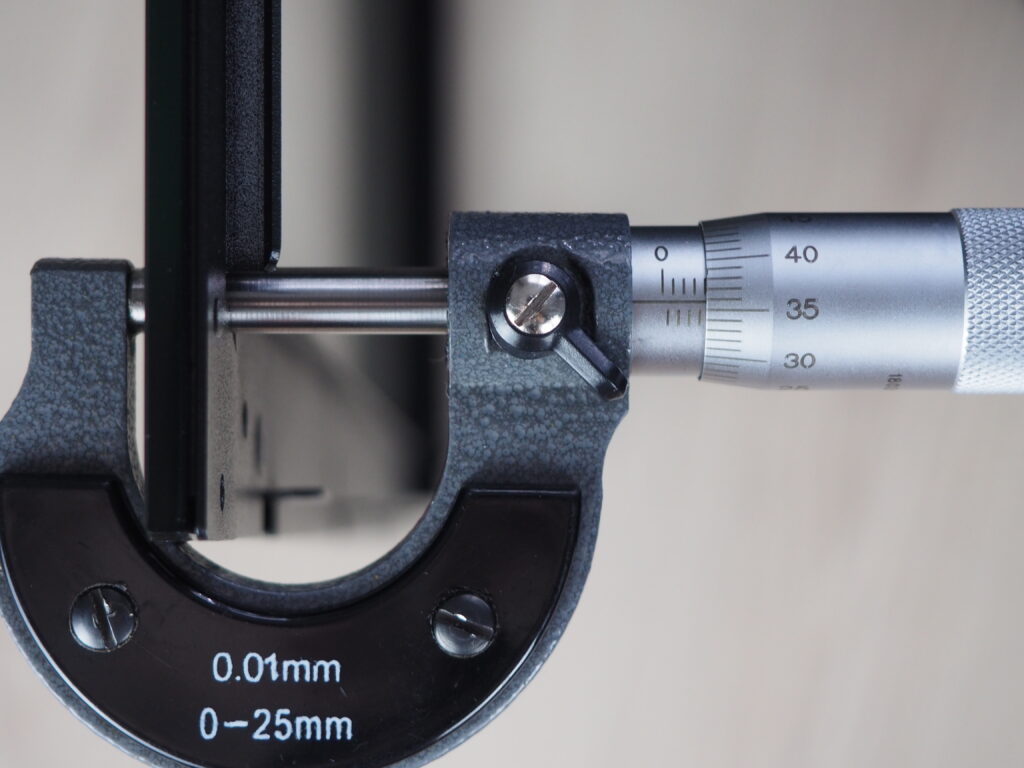
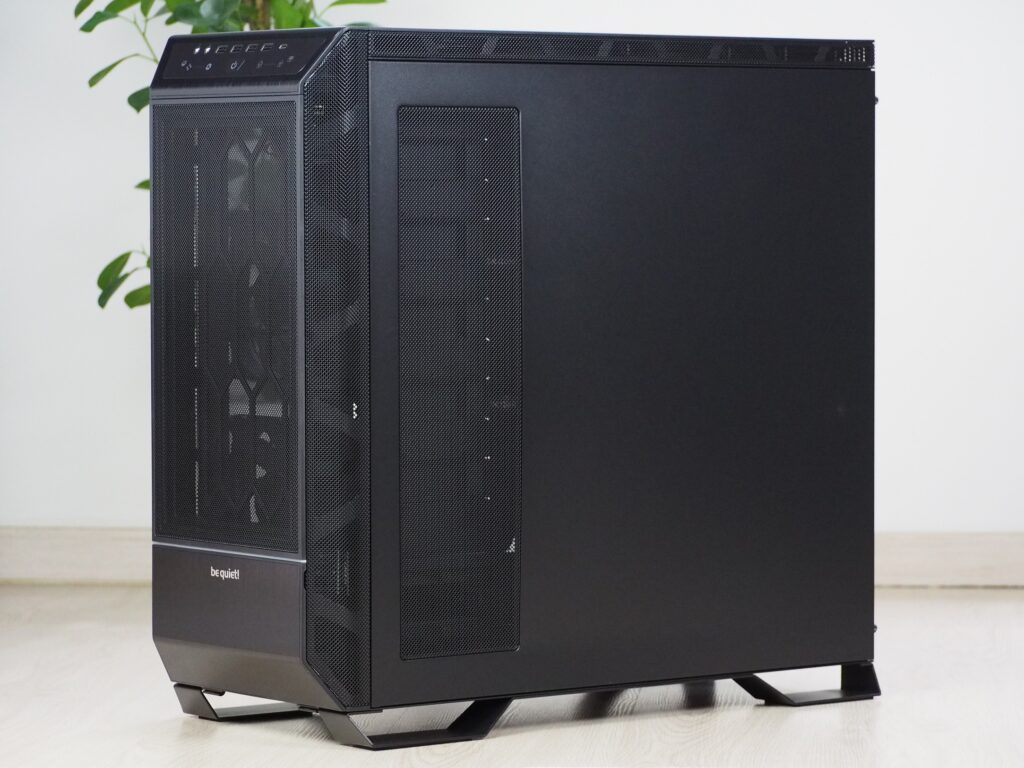
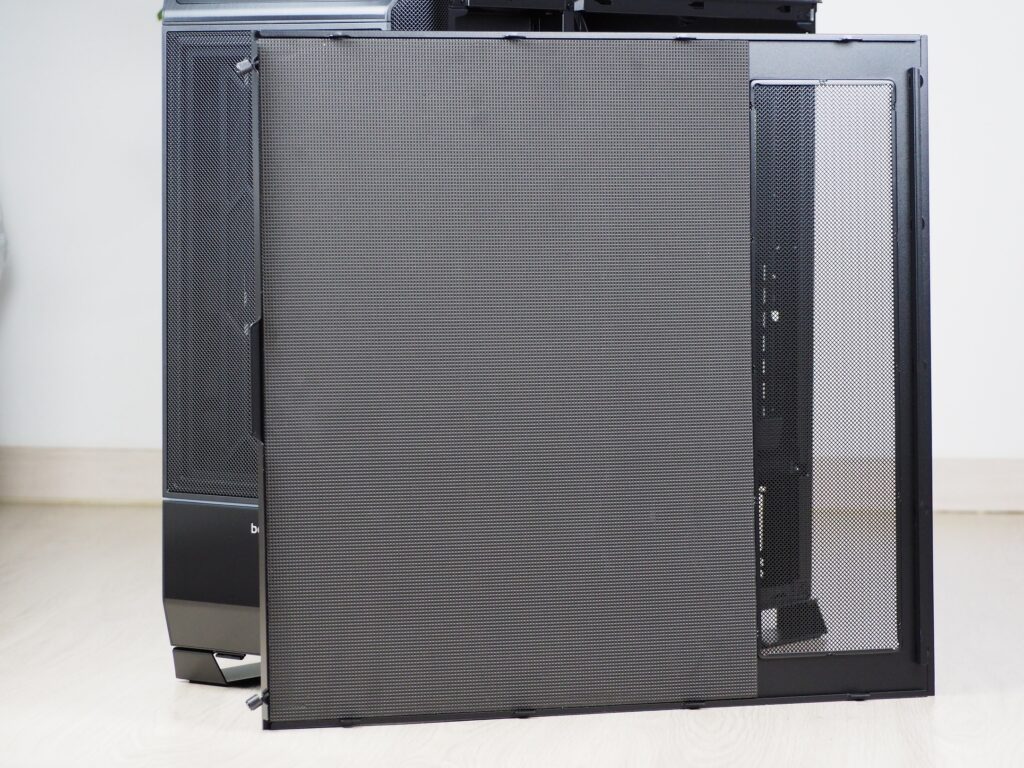
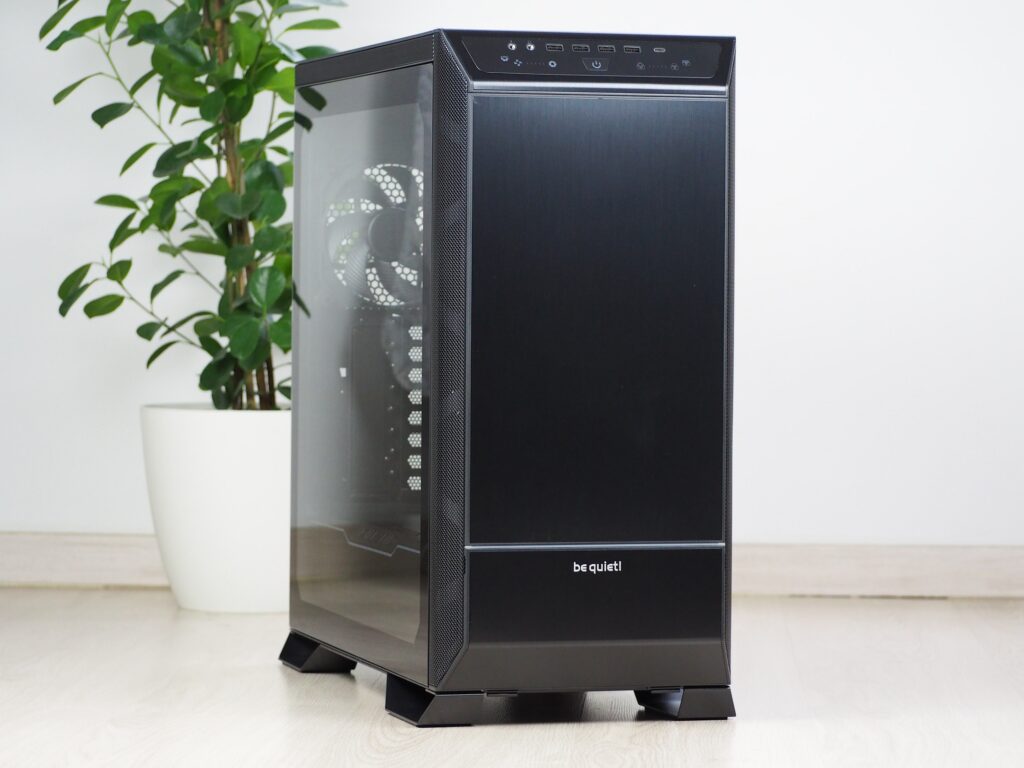
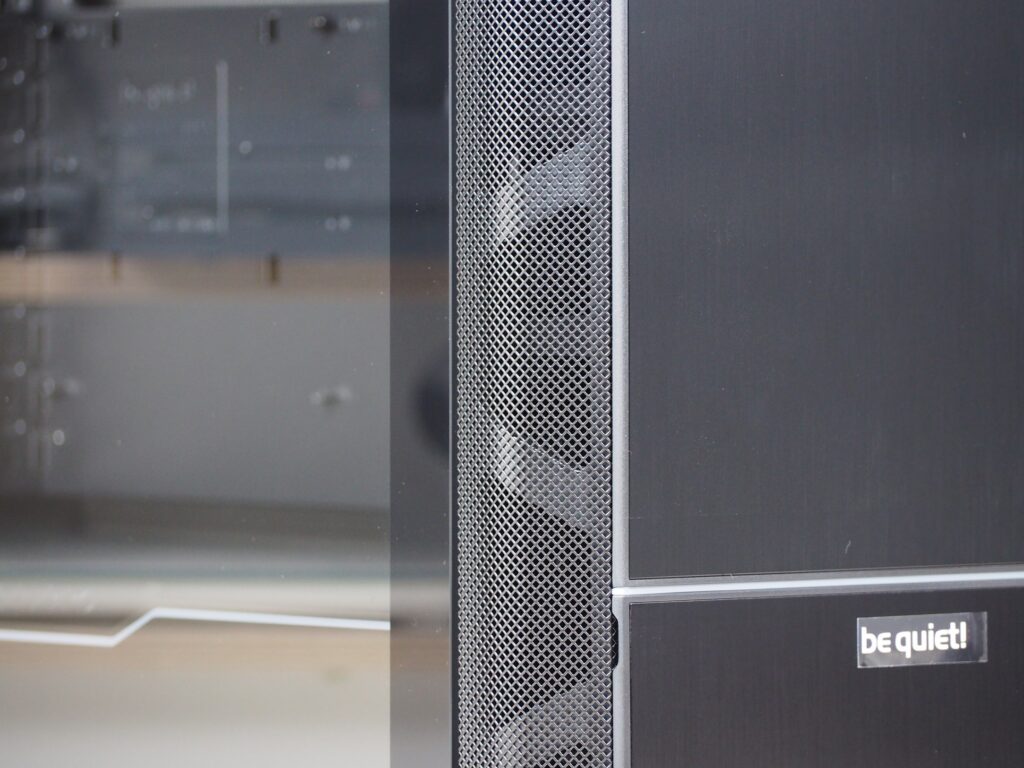
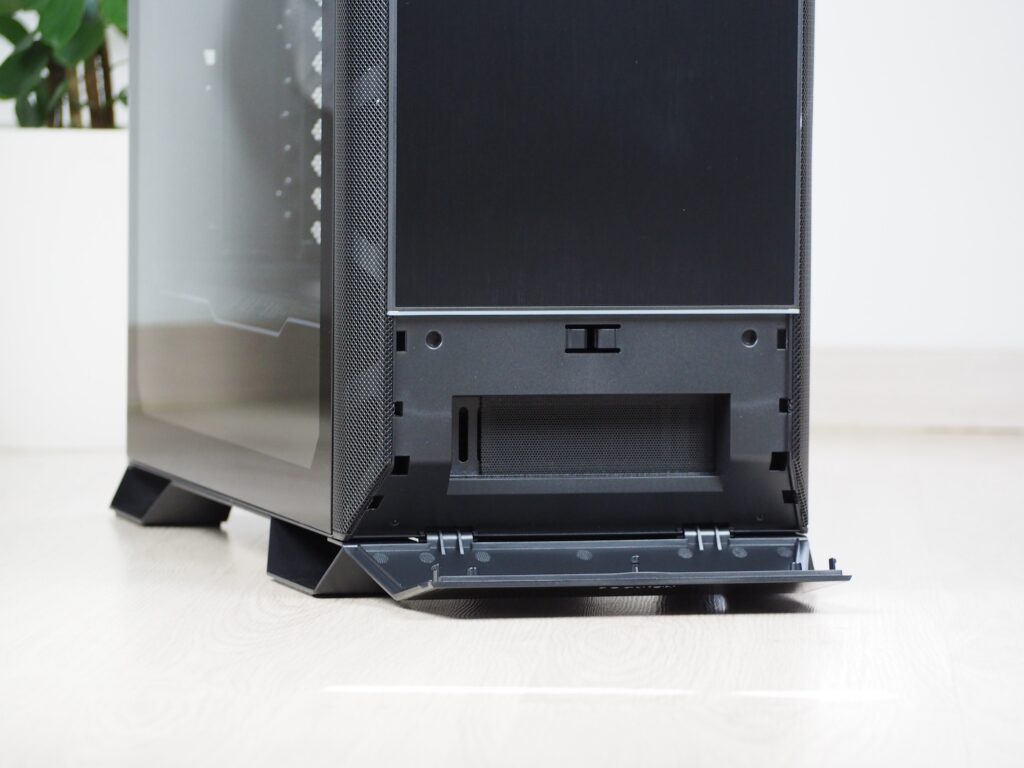
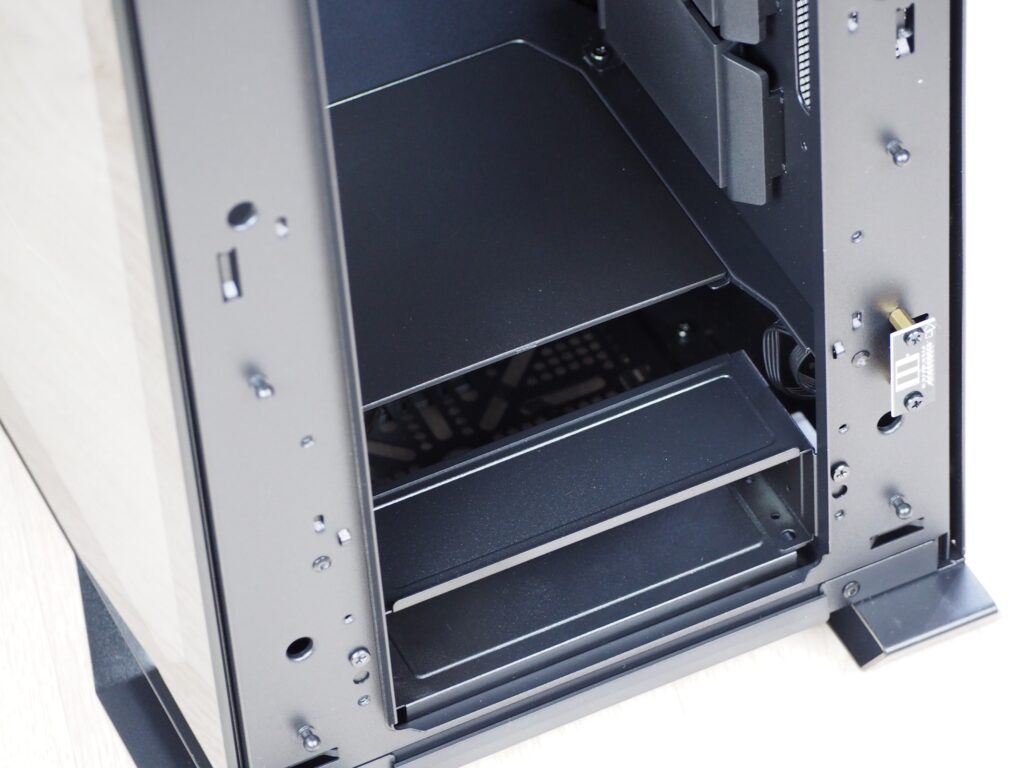
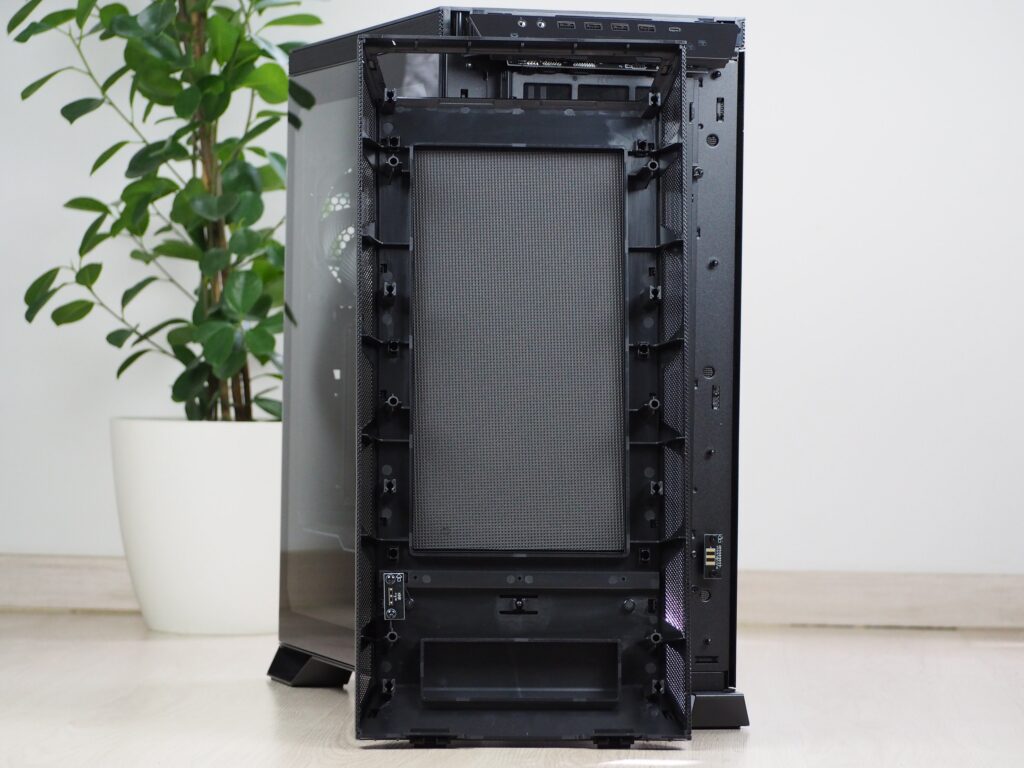
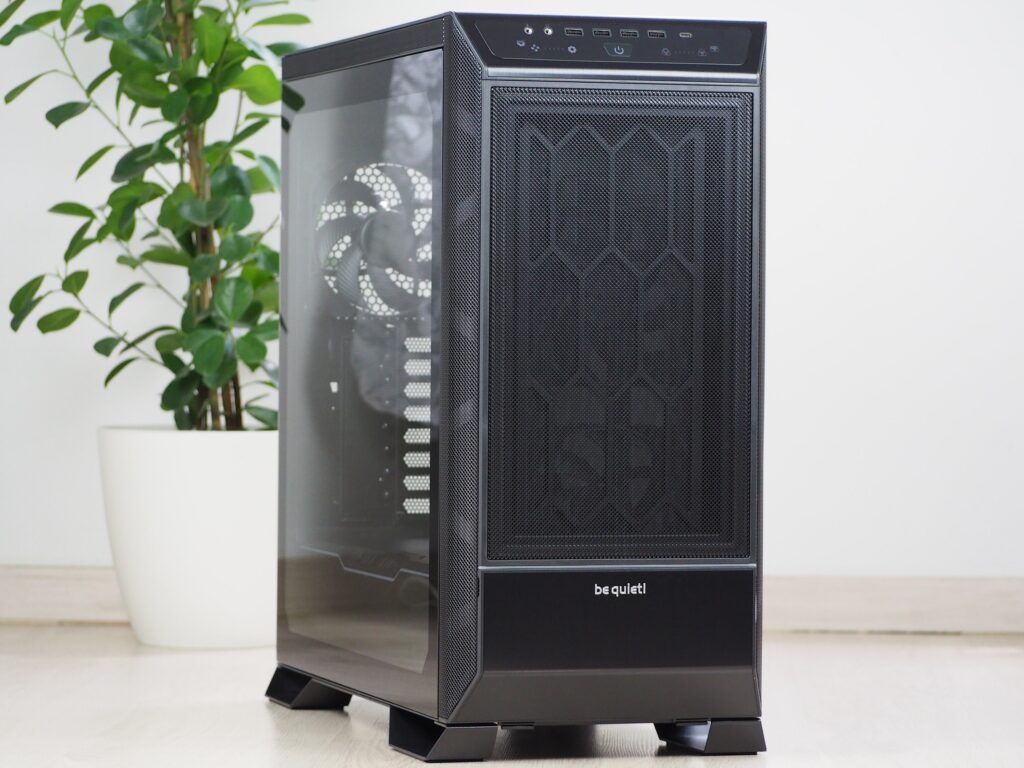
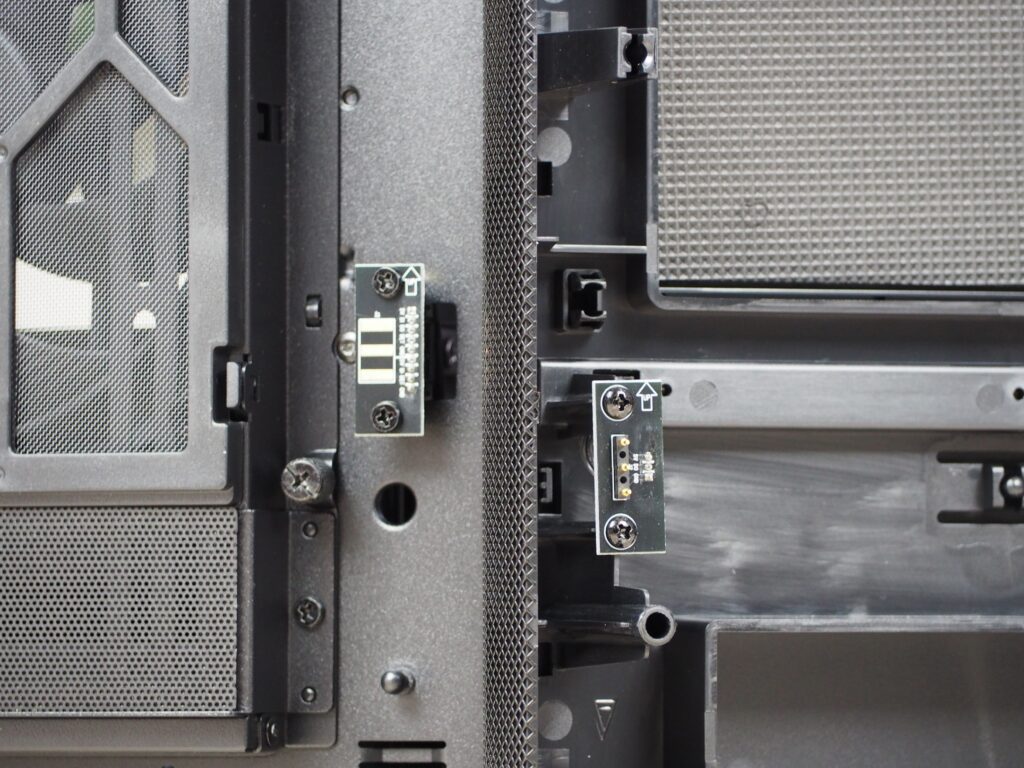
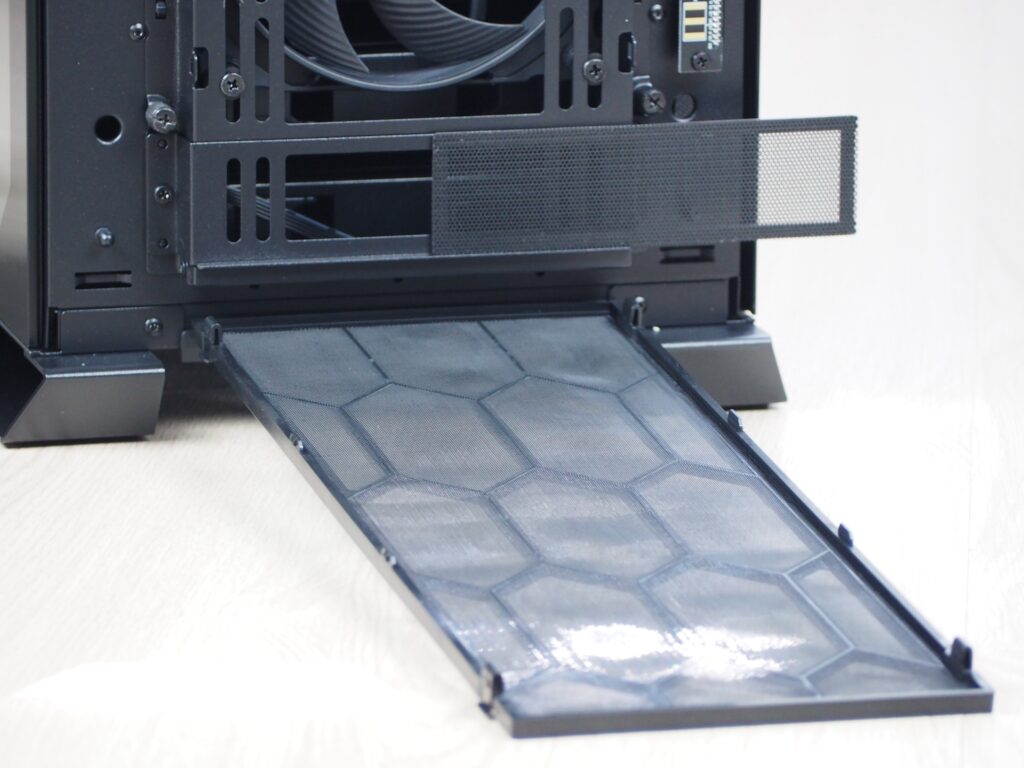

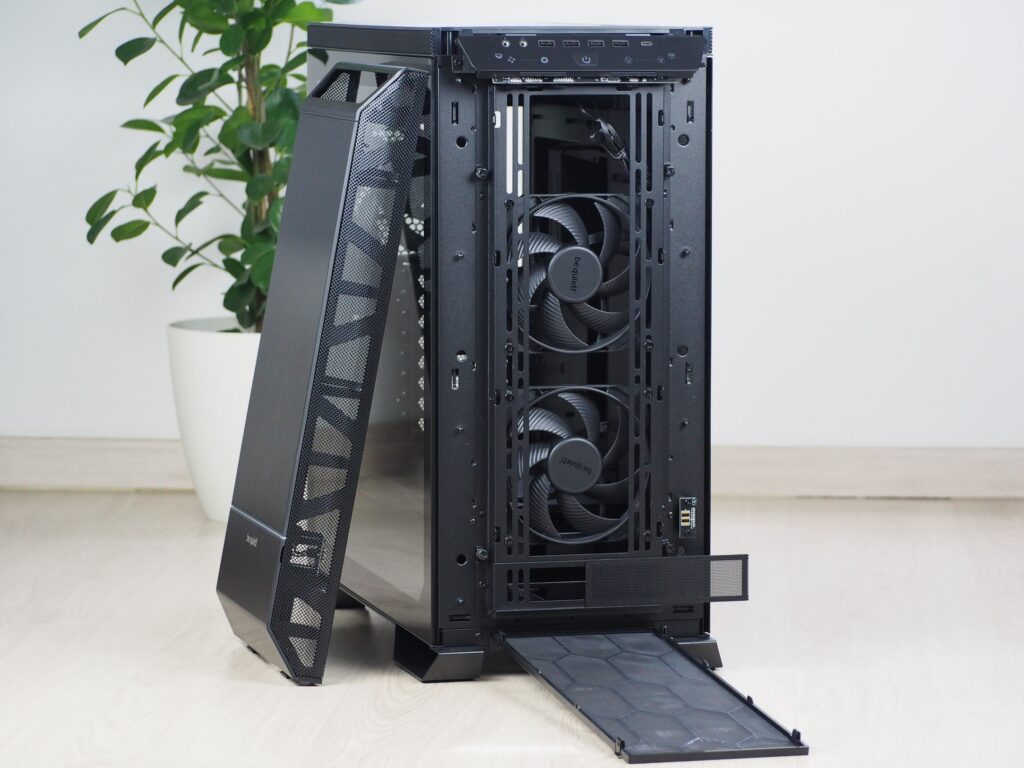
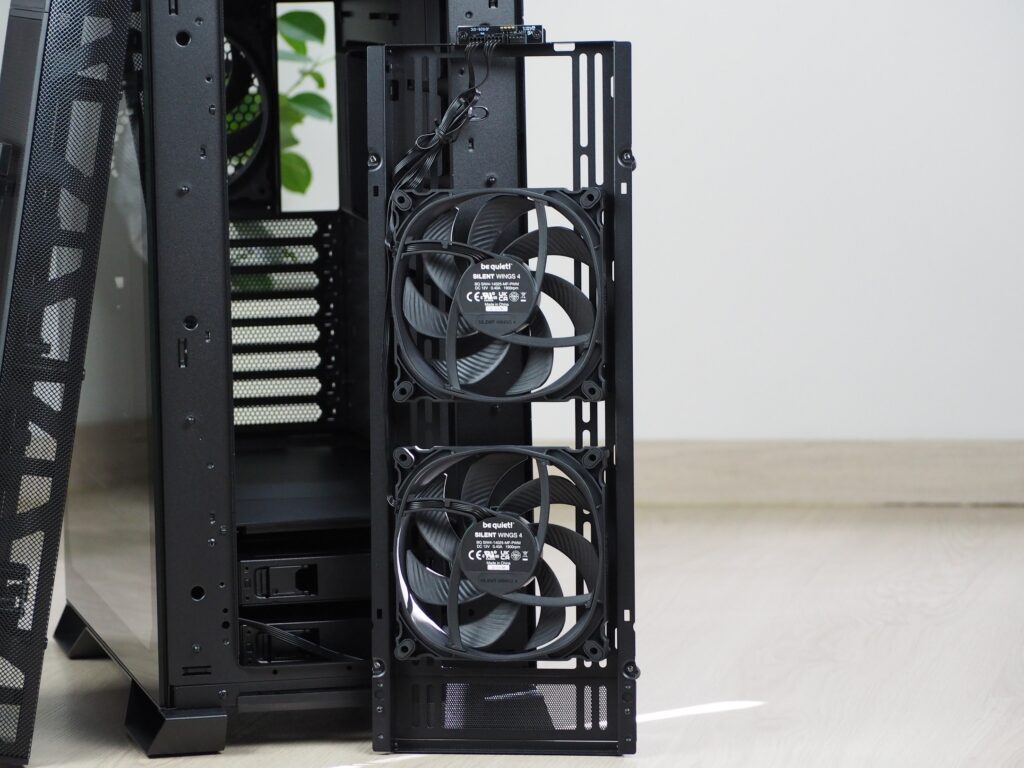
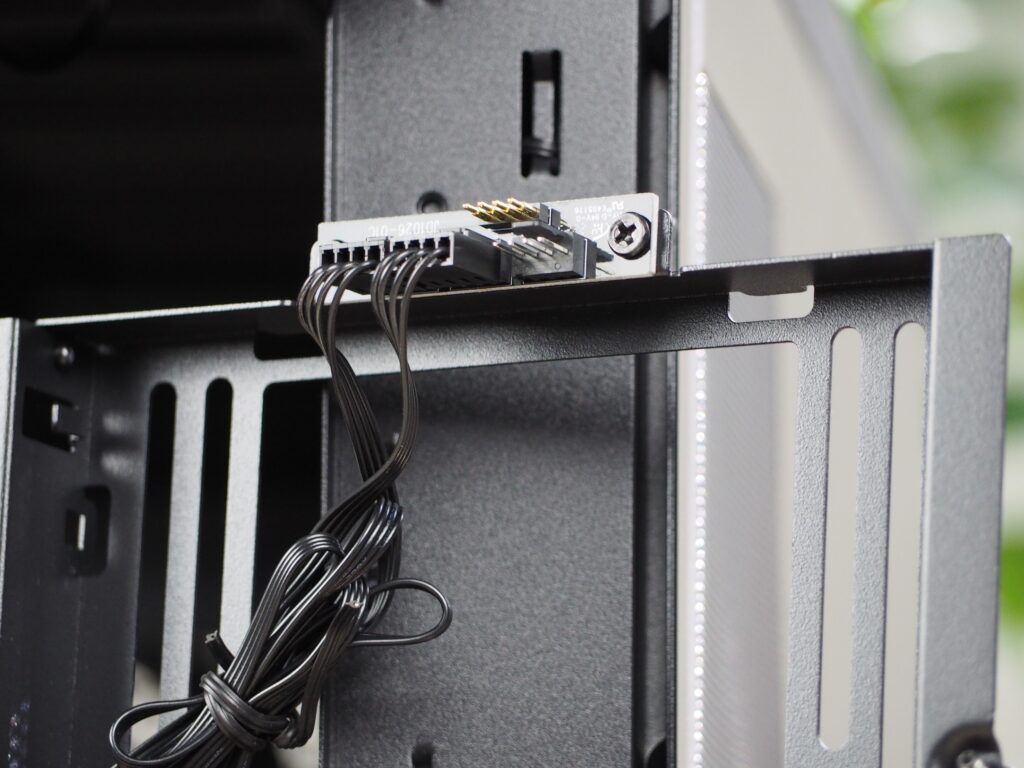
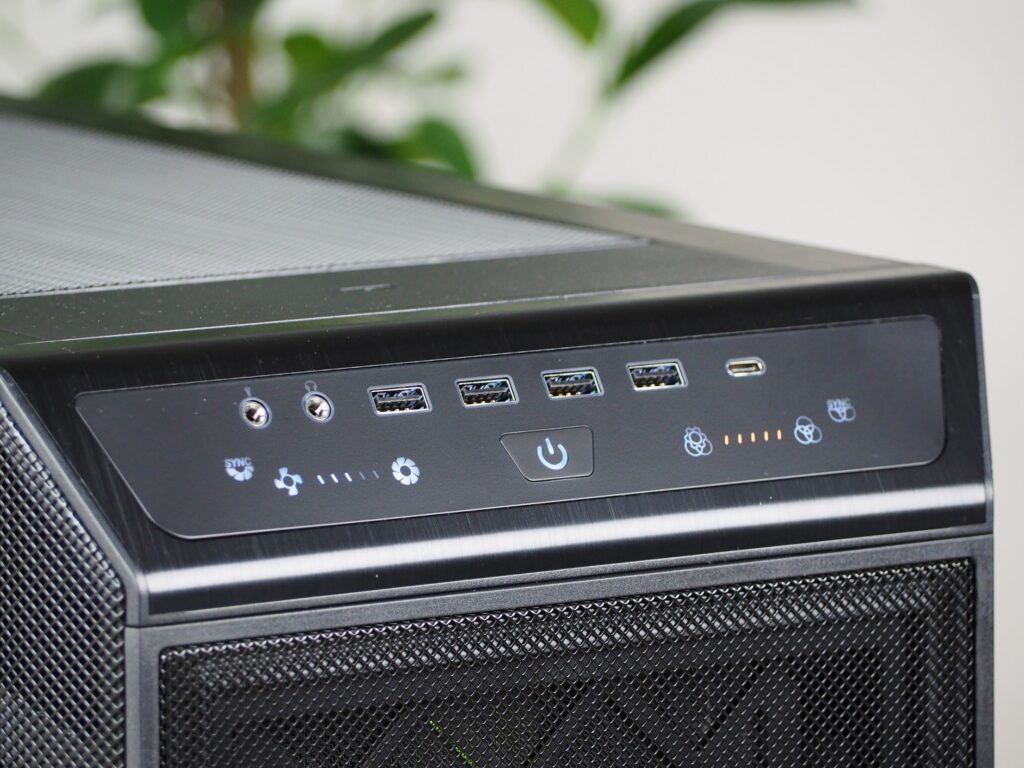
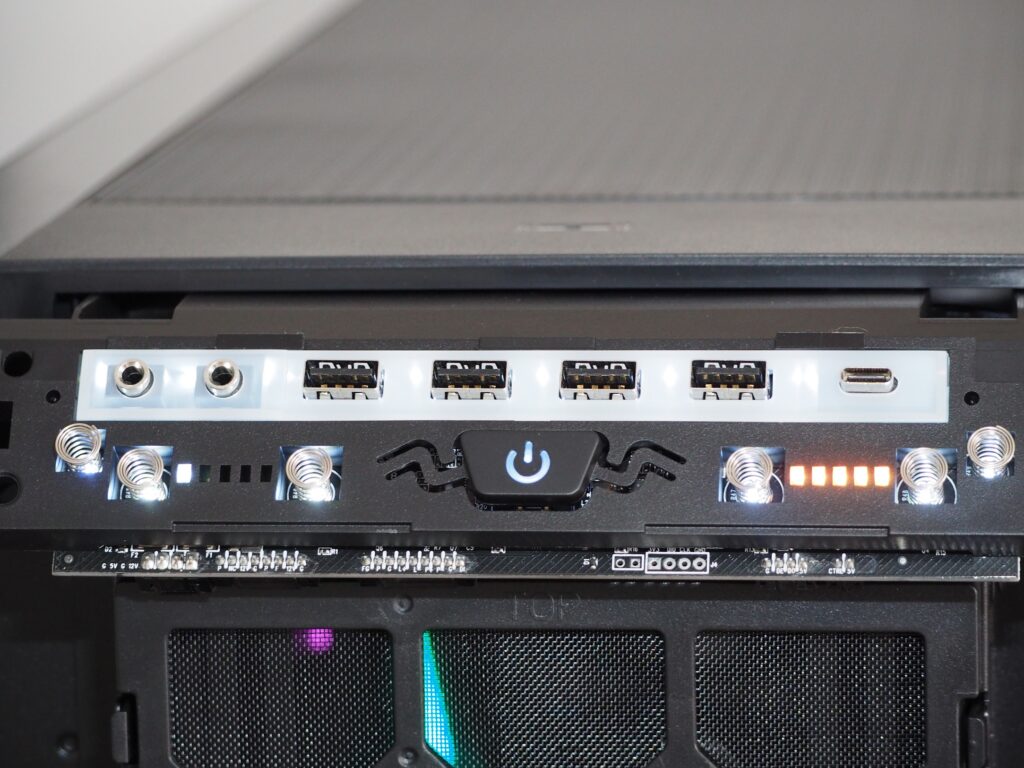
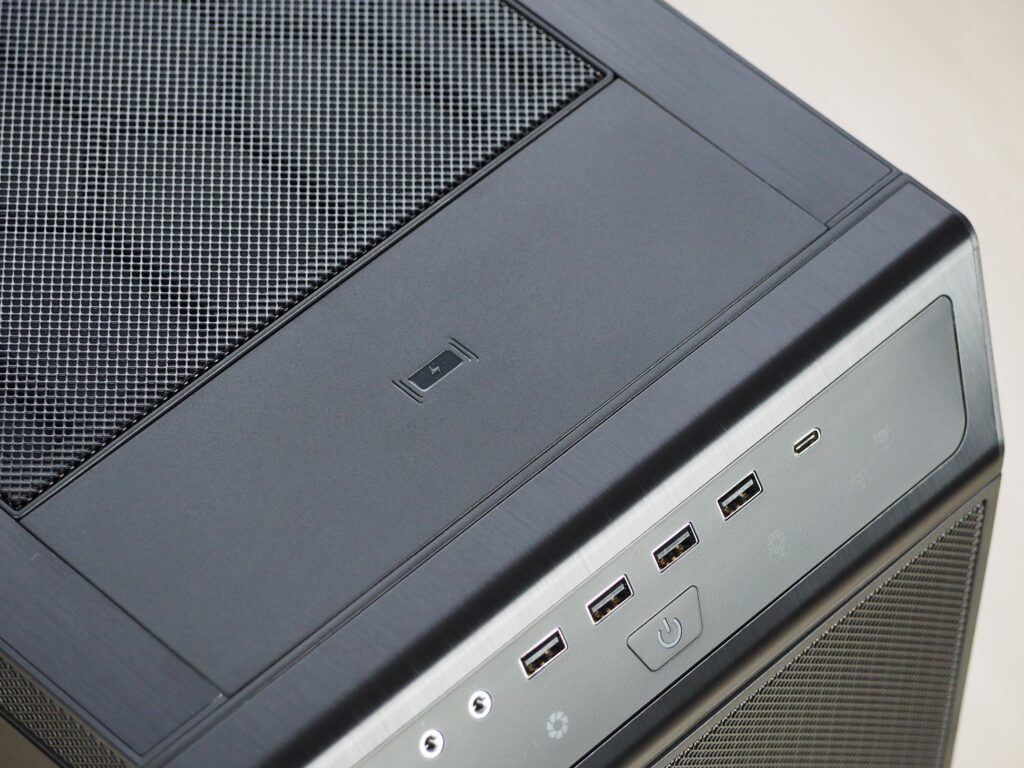
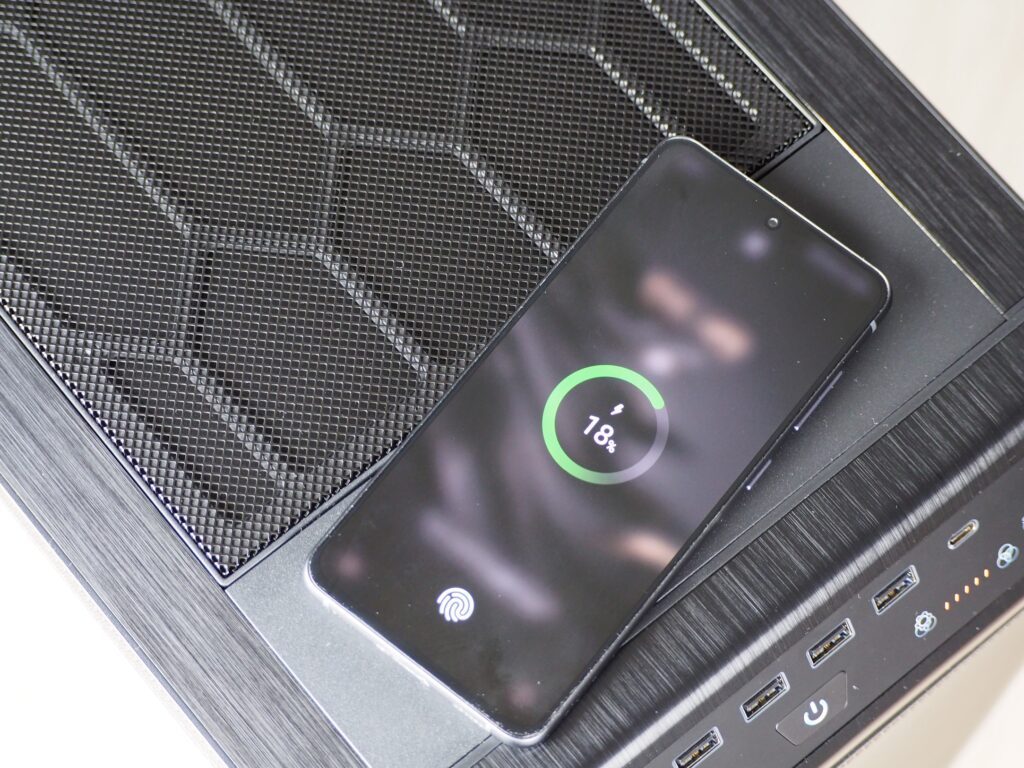
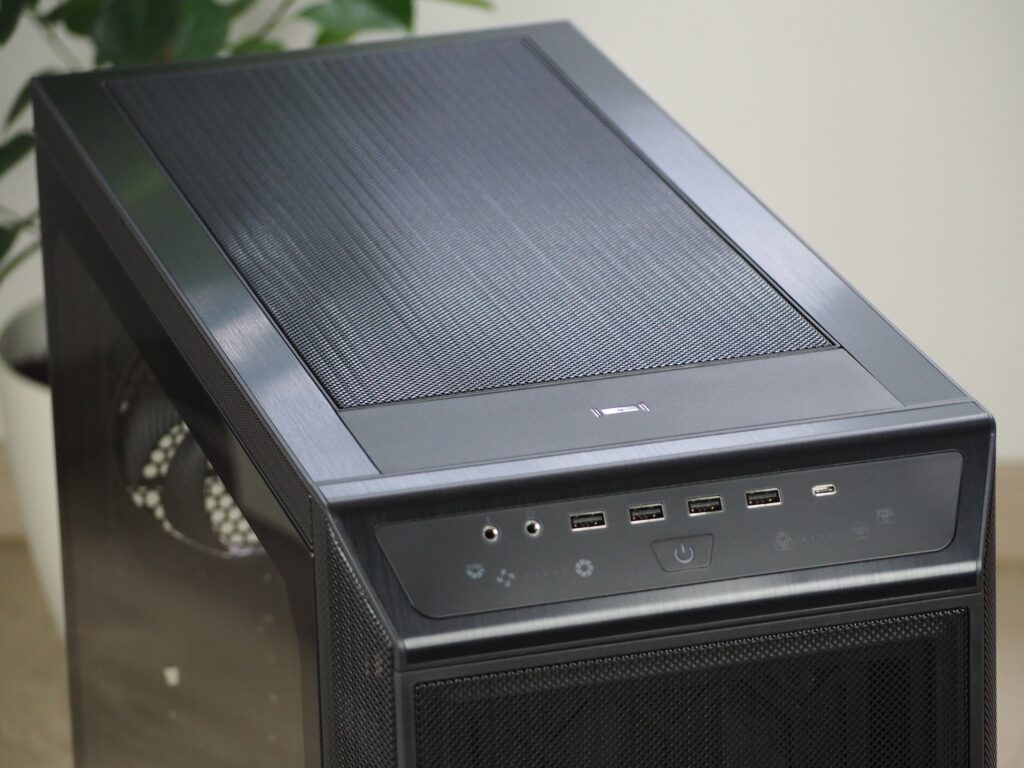



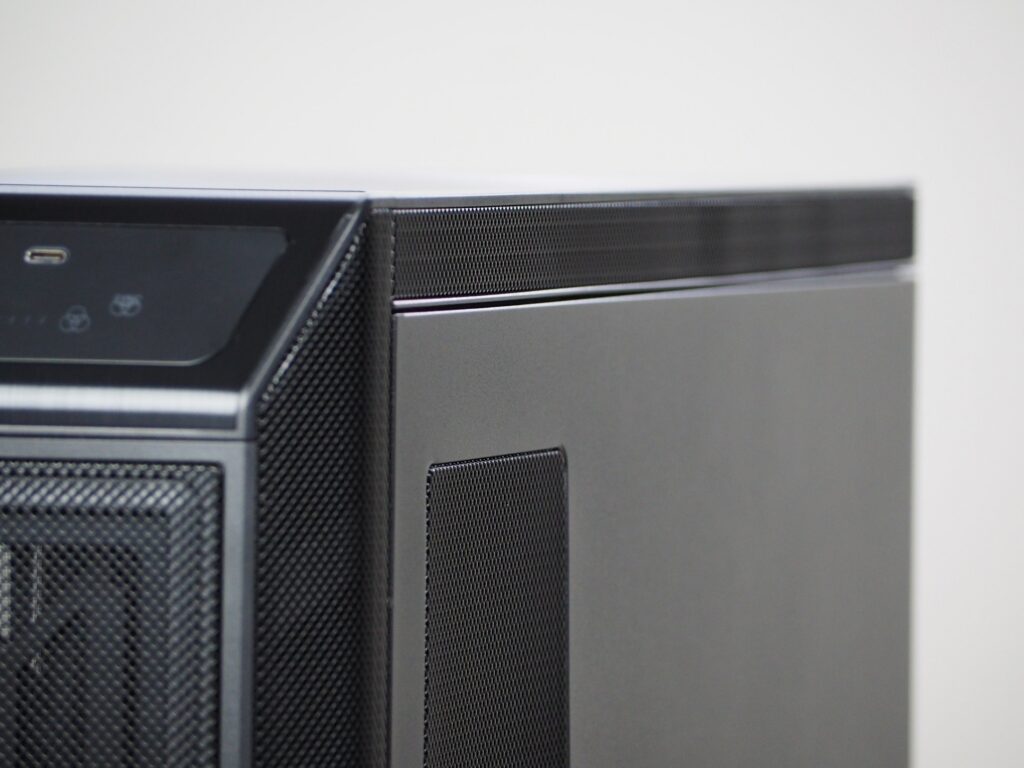

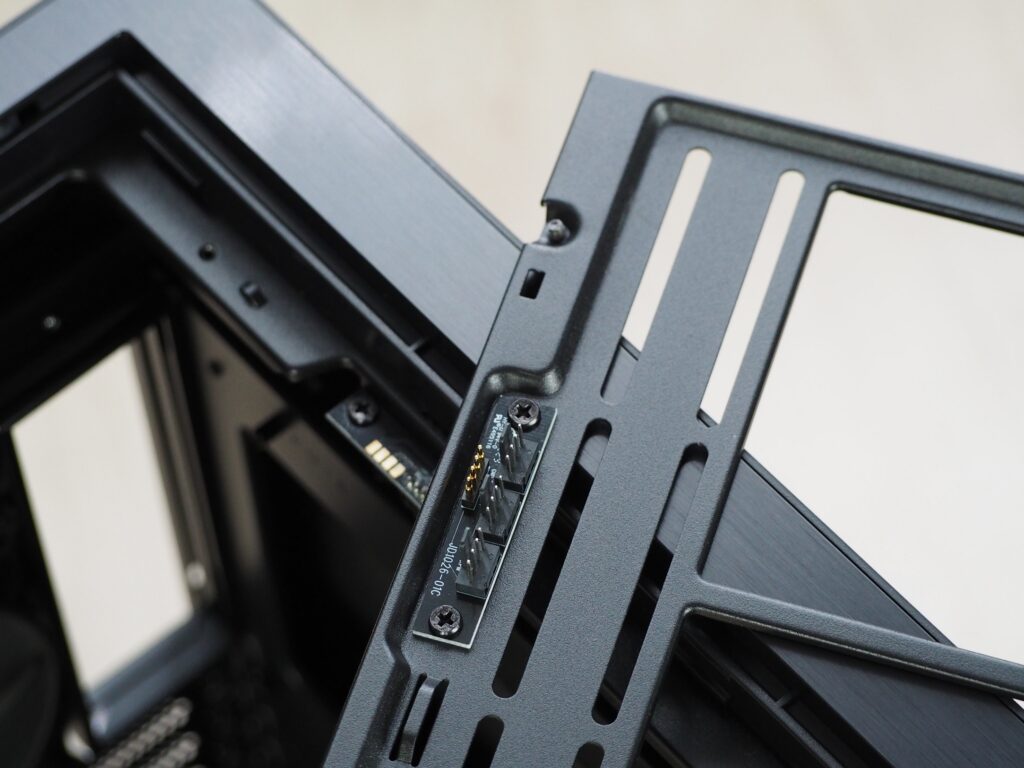
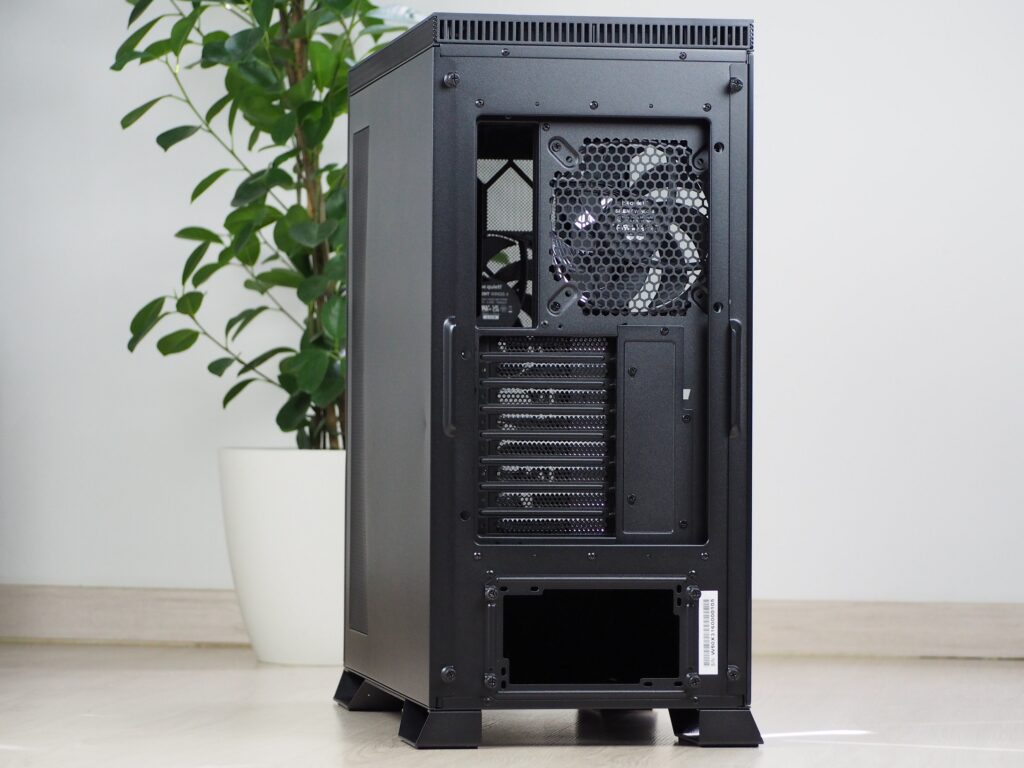
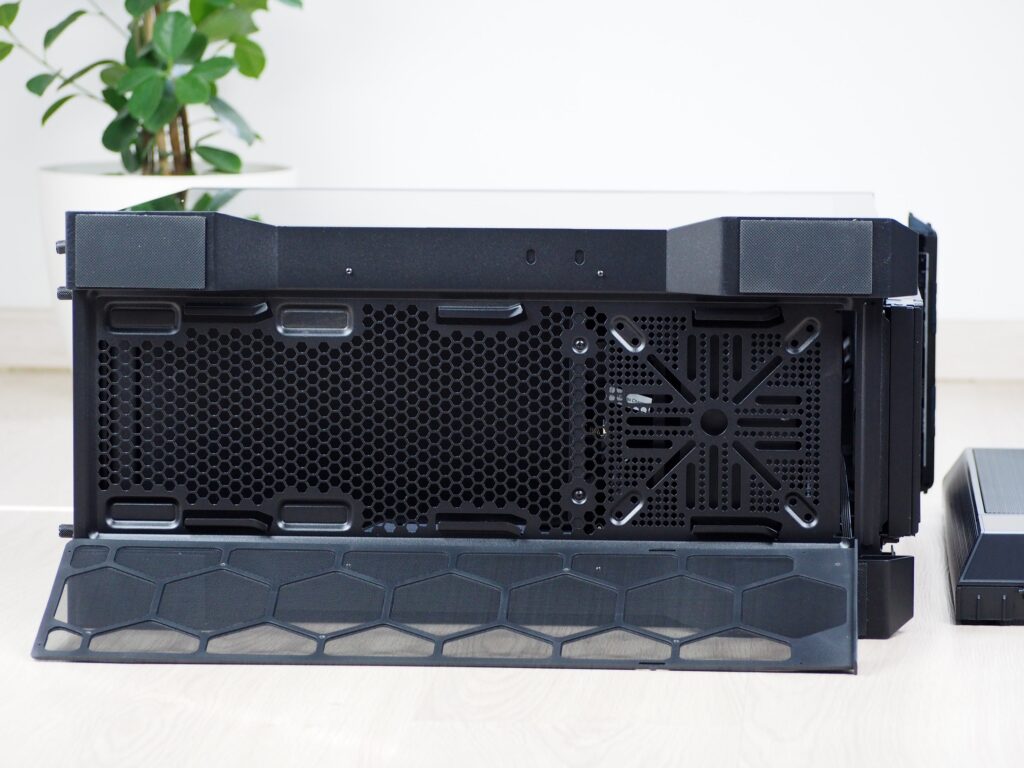
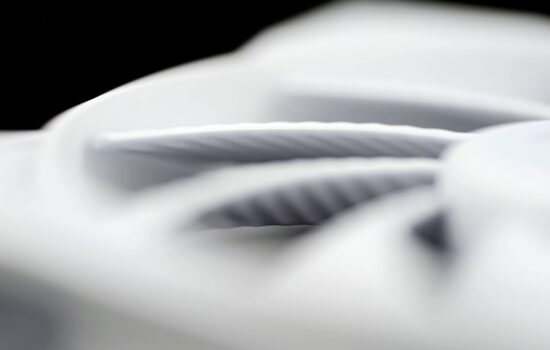
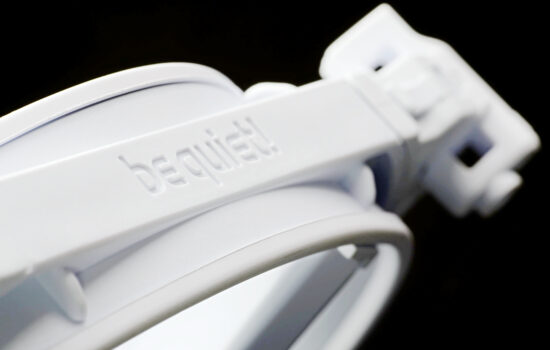




Overall, the be quiet! Dark Base Pro 901 is an excellent full-tower case that is perfect for enthusiasts and gamers who are looking for a case with excellent build quality, noise suppression, airflow, and features.